Neuroscience

Neurotransmitter receptors function via various G-protein coupled and G-protein independent mechanisms that activate downstream intracellular signaling pathways such as cAMP/PKA, PI3K/AKT, phospholipase A2, and phospholipase C pathways. For instance, dopamine receptors act through adenylate cyclase to activate PKA and other signaling molecules, thereby mediate gene expression through the actions of CREB and other transcription factors. Other neurotransmitters such as NMDAR or AMPAR are associated with ion channels that control flux of Ca2+ and Na+, thus propagating the action potential across the post-synaptic neuron.
Dysfunctions in GABAergic/glutamatergic/serotonergic/dopaminergic pathways result in a broad range of neurological disorders such as chronic pain, neurodegenerative diseases, and insomnia, as well as mental disorders including schizophrenia, bipolar disorder, depression, and addiction.
-
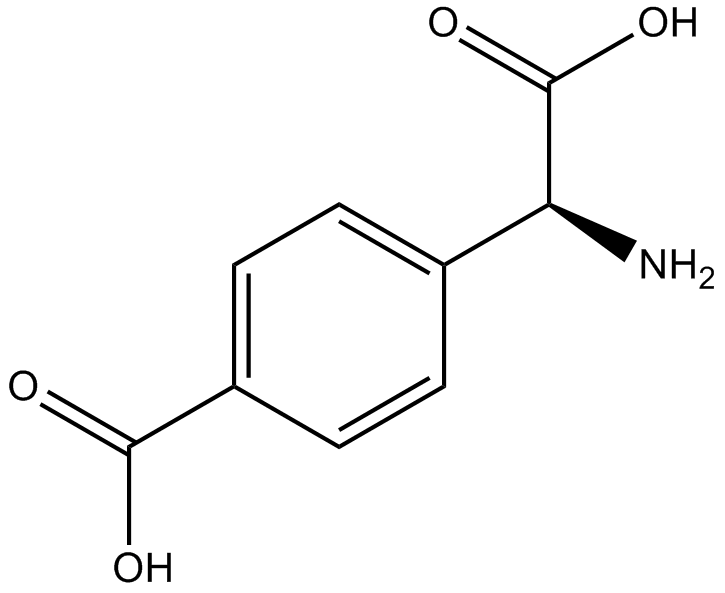 B6256 (RS)-4-CarboxyphenylglycineSummary: broad spectrum EAA ligand
B6256 (RS)-4-CarboxyphenylglycineSummary: broad spectrum EAA ligand -
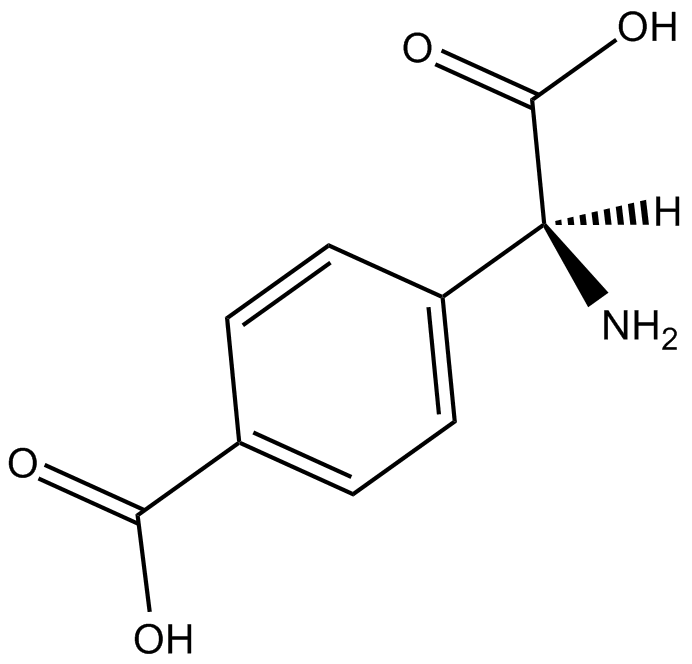 B6258 (S)-4-CarboxyphenylglycineSummary: group I metabotropic glutamate receptor antagonist
B6258 (S)-4-CarboxyphenylglycineSummary: group I metabotropic glutamate receptor antagonist -
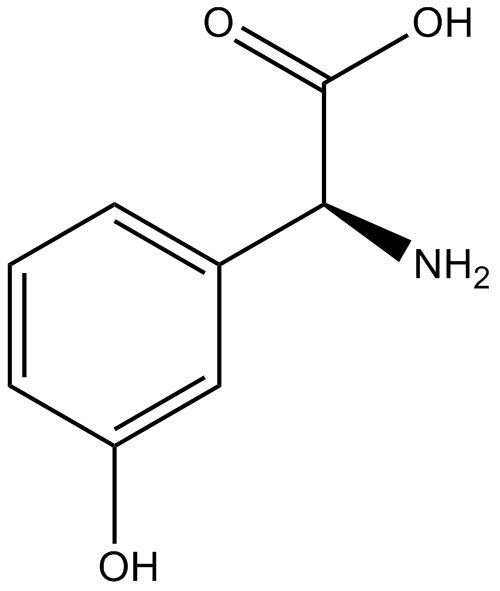 B6259 (RS)-3-HydroxyphenylglycineSummary: PI-linked metabotropic glutamate receptors agonist
B6259 (RS)-3-HydroxyphenylglycineSummary: PI-linked metabotropic glutamate receptors agonist -
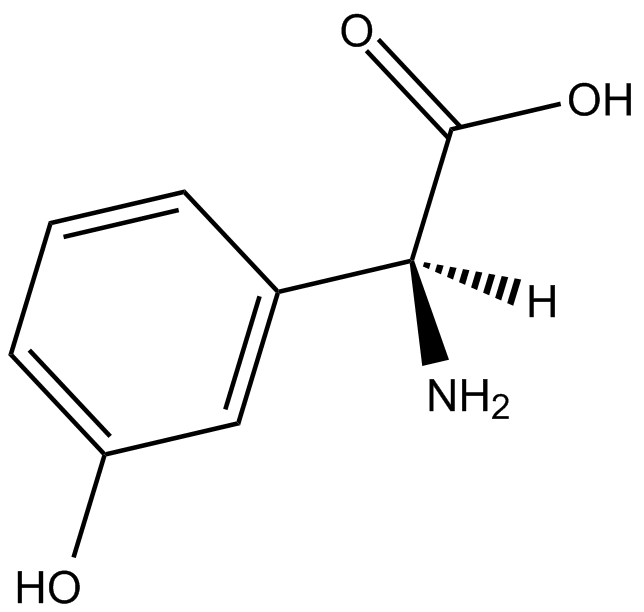 B6260 (S)-3-HydroxyphenylglycineSummary: group I metabotropic glutamate receptors agonist
B6260 (S)-3-HydroxyphenylglycineSummary: group I metabotropic glutamate receptors agonist -
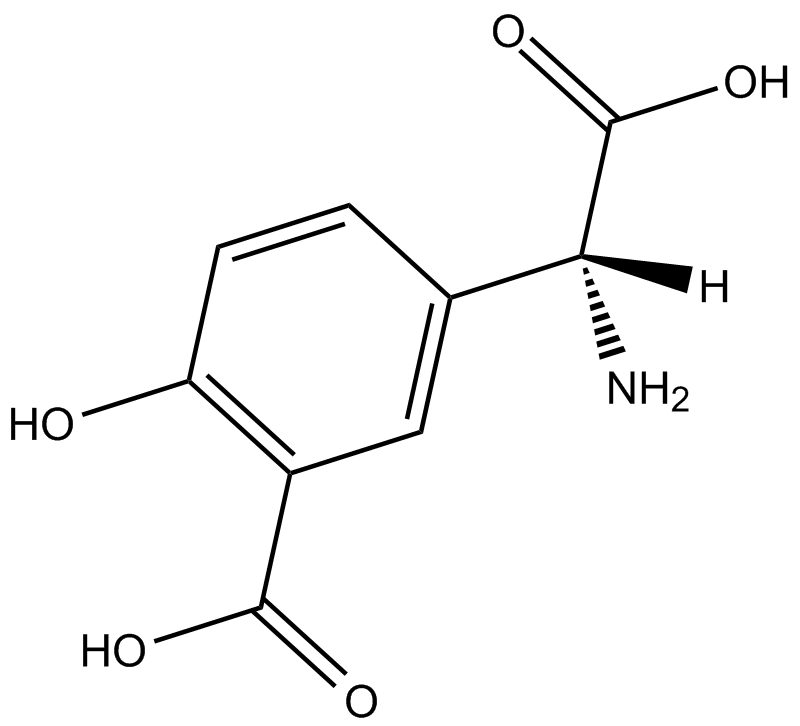 B6261 (R)-3-Carboxy-4-hydroxyphenylglycineSummary: NMDA and AMPA/kainate receptor antagonist
B6261 (R)-3-Carboxy-4-hydroxyphenylglycineSummary: NMDA and AMPA/kainate receptor antagonist -
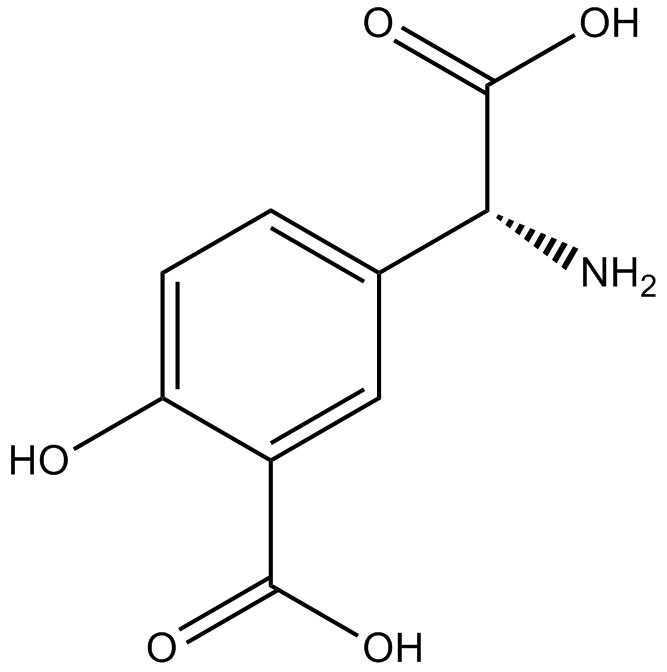 B6262 (S)-3-Carboxy-4-hydroxyphenylglycineSummary: group I metabotropic glutamate receptor antagonist and group II mGlu agonist
B6262 (S)-3-Carboxy-4-hydroxyphenylglycineSummary: group I metabotropic glutamate receptor antagonist and group II mGlu agonist -
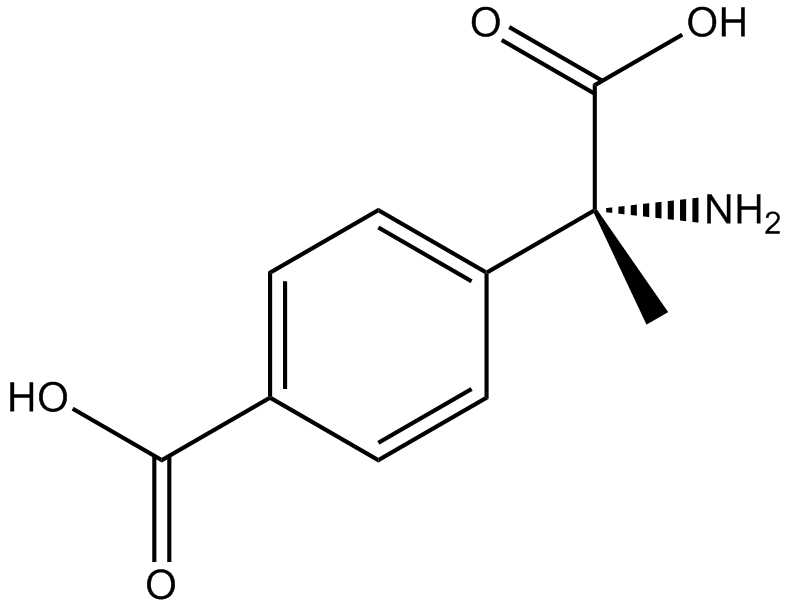 B6265 (RS)-MCPGSummary: mGluR antagonist
B6265 (RS)-MCPGSummary: mGluR antagonist -
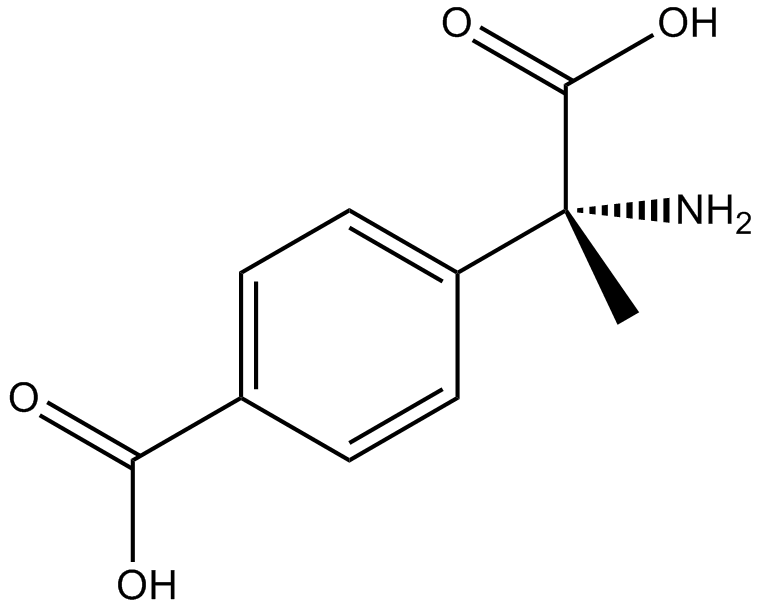 B6266 (S)-MCPGSummary: mGluR antagonist
B6266 (S)-MCPGSummary: mGluR antagonist -
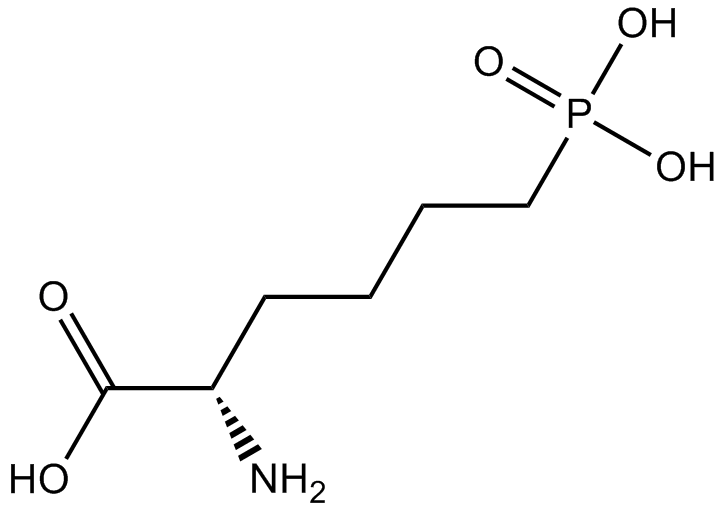 B6267 L-AP6Summary: selective agonist for 'quis'-sensitized site
B6267 L-AP6Summary: selective agonist for 'quis'-sensitized site -
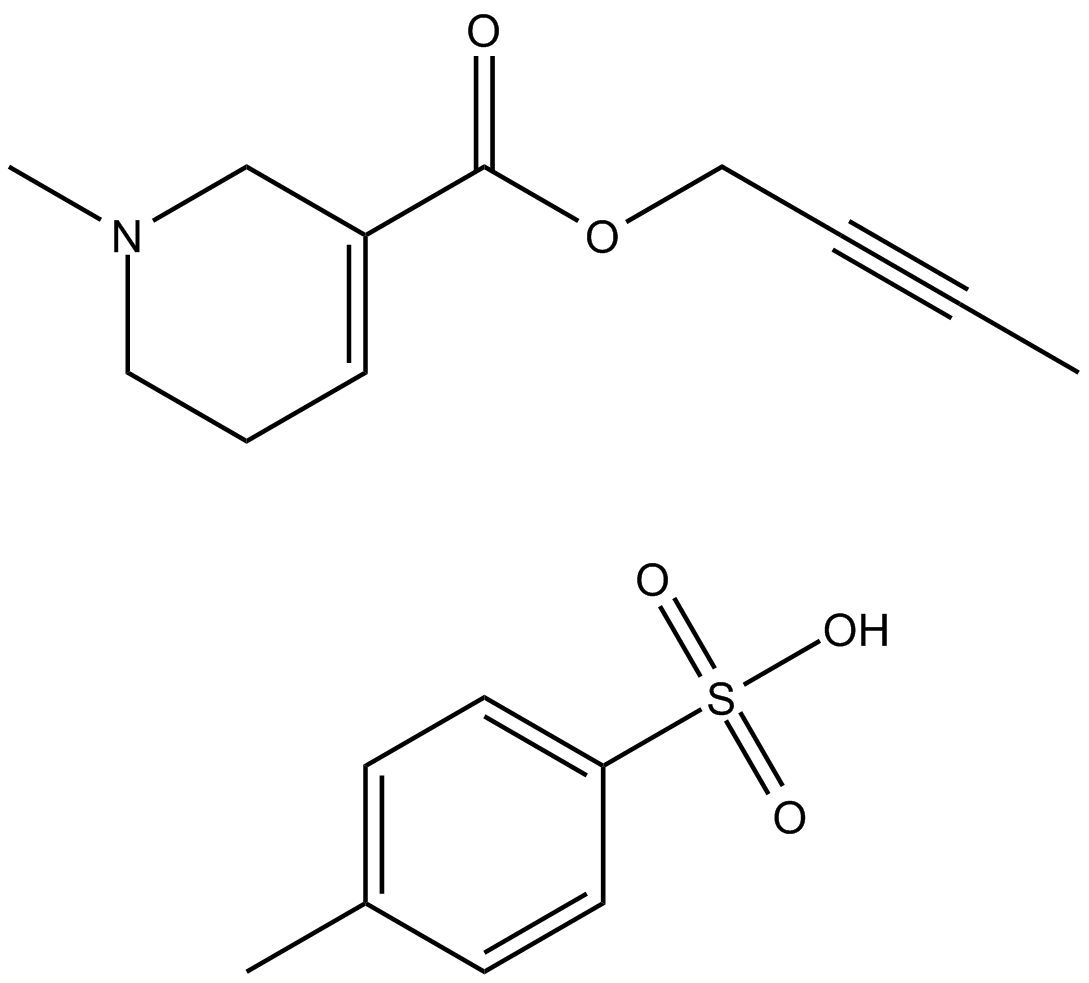 B6283 Arecaidine but-2-ynyl ester tosylateSummary: mAChR M2 agonist
B6283 Arecaidine but-2-ynyl ester tosylateSummary: mAChR M2 agonist

